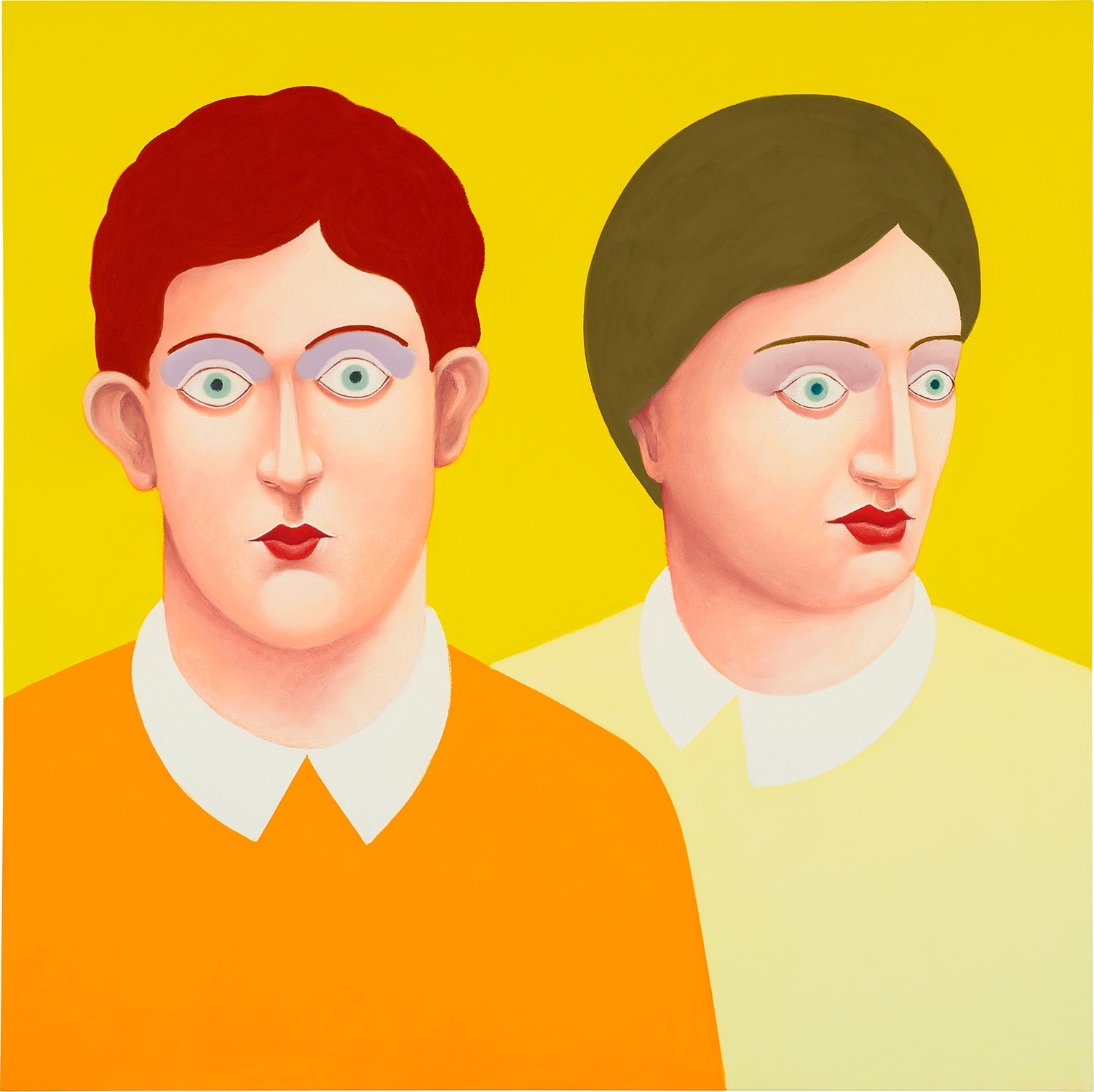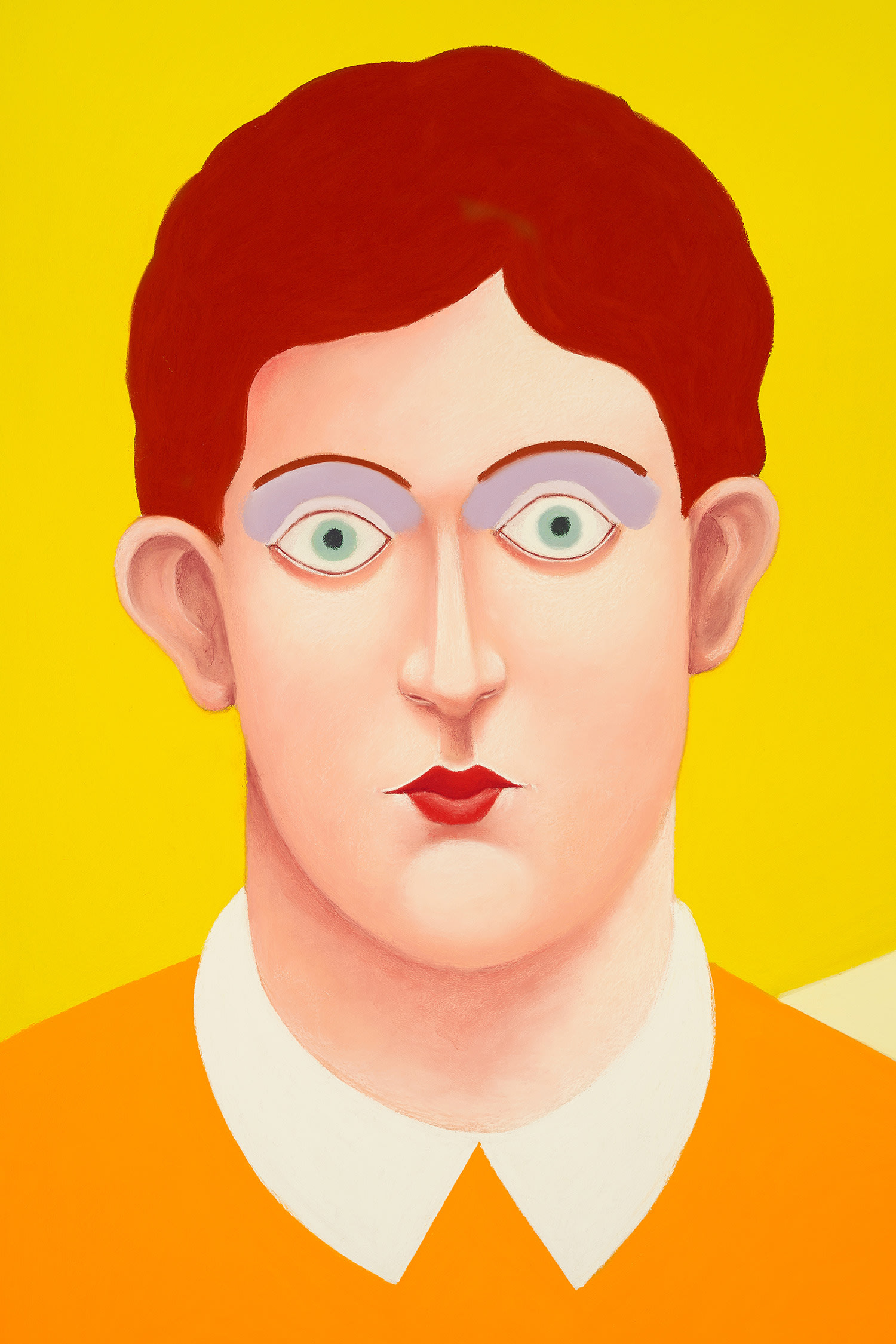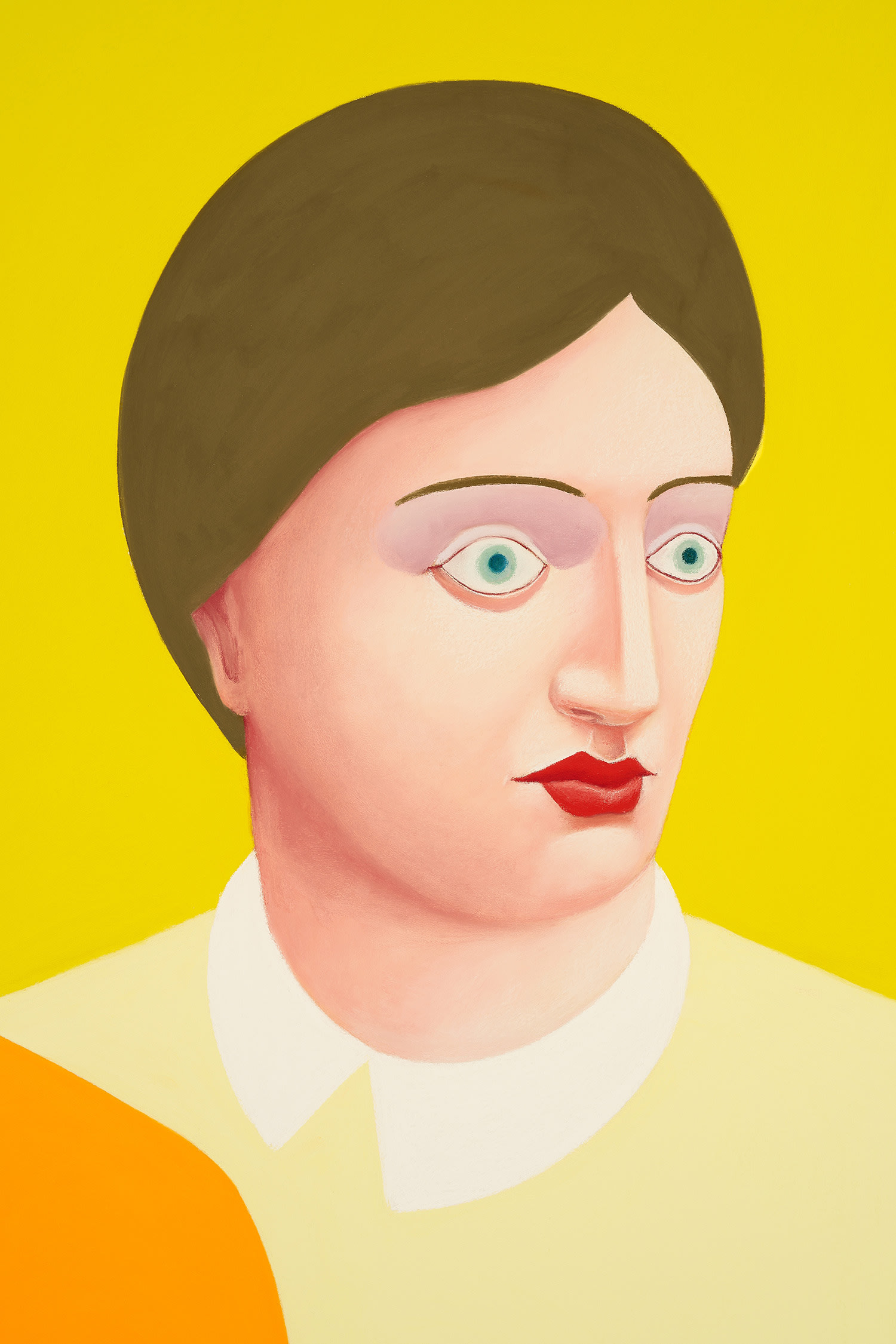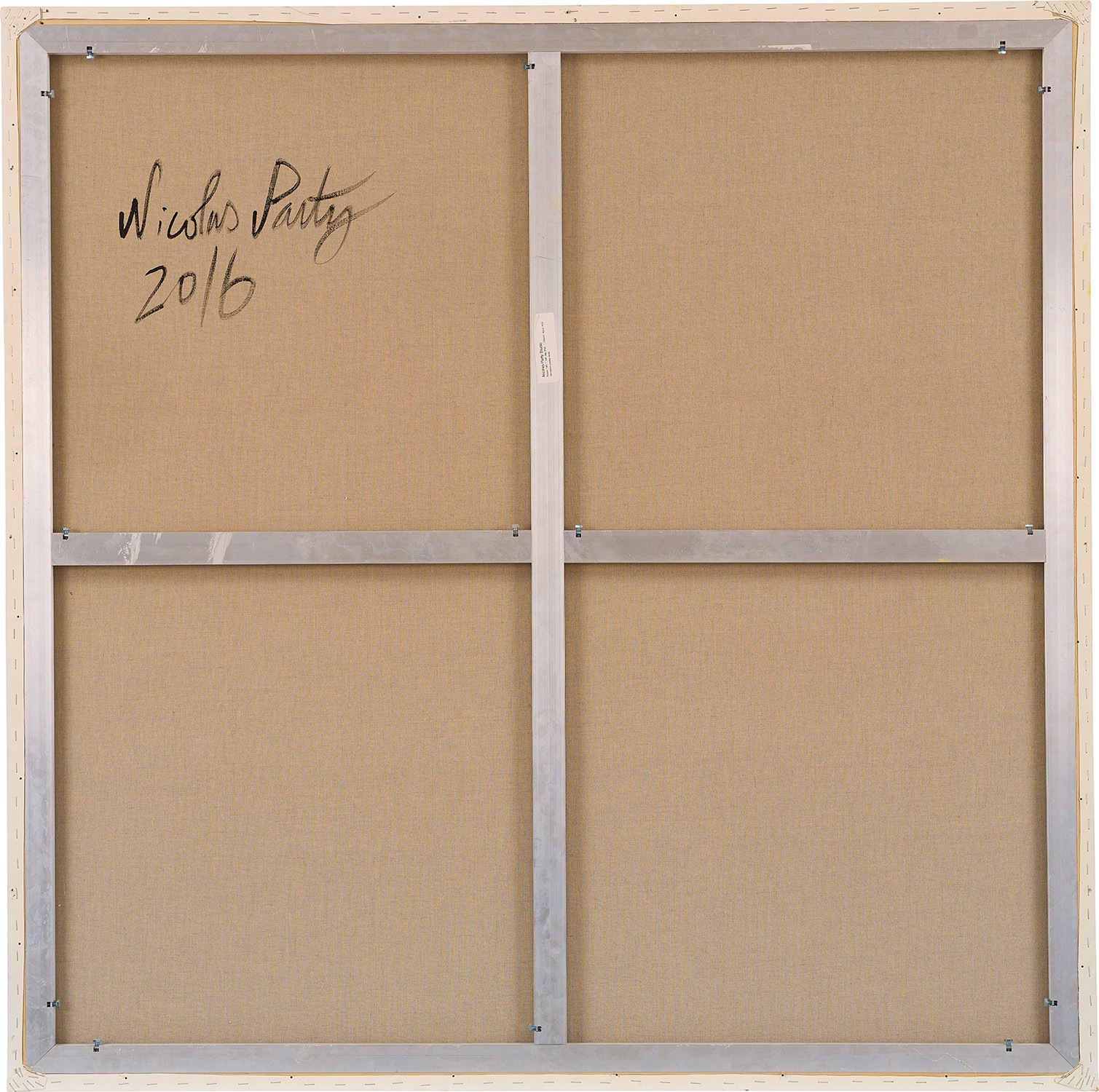









16
Nicolas Party
Two Portraits
Further Details
Full-Cataloguing
Nicolas Party
Nicolas Party (b. 1980) is a Swiss visual artist living and working in New York City and Brussels. He received his BFA from the Lausanne School of Art in 2004 and his MFA from the Glasgow School of Art, in Glasgow, Scotland in 2009. Party’s works on paper and canvas are most often done in colorful soft pastel, the most common subject matter being fantastical still life and portraits.
Recent solo exhibitions include Karma, New York (2021–22, 2017); Le Consortium,
Dijon, France (2021); Kunsthalle Marcel Duchamp, Cully, Switzerland (2021); MASI
Lugano, Switzerland (2021); Hauser & Wirth, Los Angeles (2020); Xavier Hufkens,
Brussels (2019); Modern Institute, Glasgow (2019); M Woods Museum, Beijing
(2018); Magritte Museum, Brussels (2018); Kaufmann Repetto, Milan (2018);
Hammer Museum, Los Angeles (2016); and Dallas Museum of Art (2016). Party’s
work is represented in the collections of the David Roberts Art Foundation, London;
Migros Museum, Zurich; Museum Folkwang, Essen, Germany; and the Sifang Art
Museum, Nanjing, China.